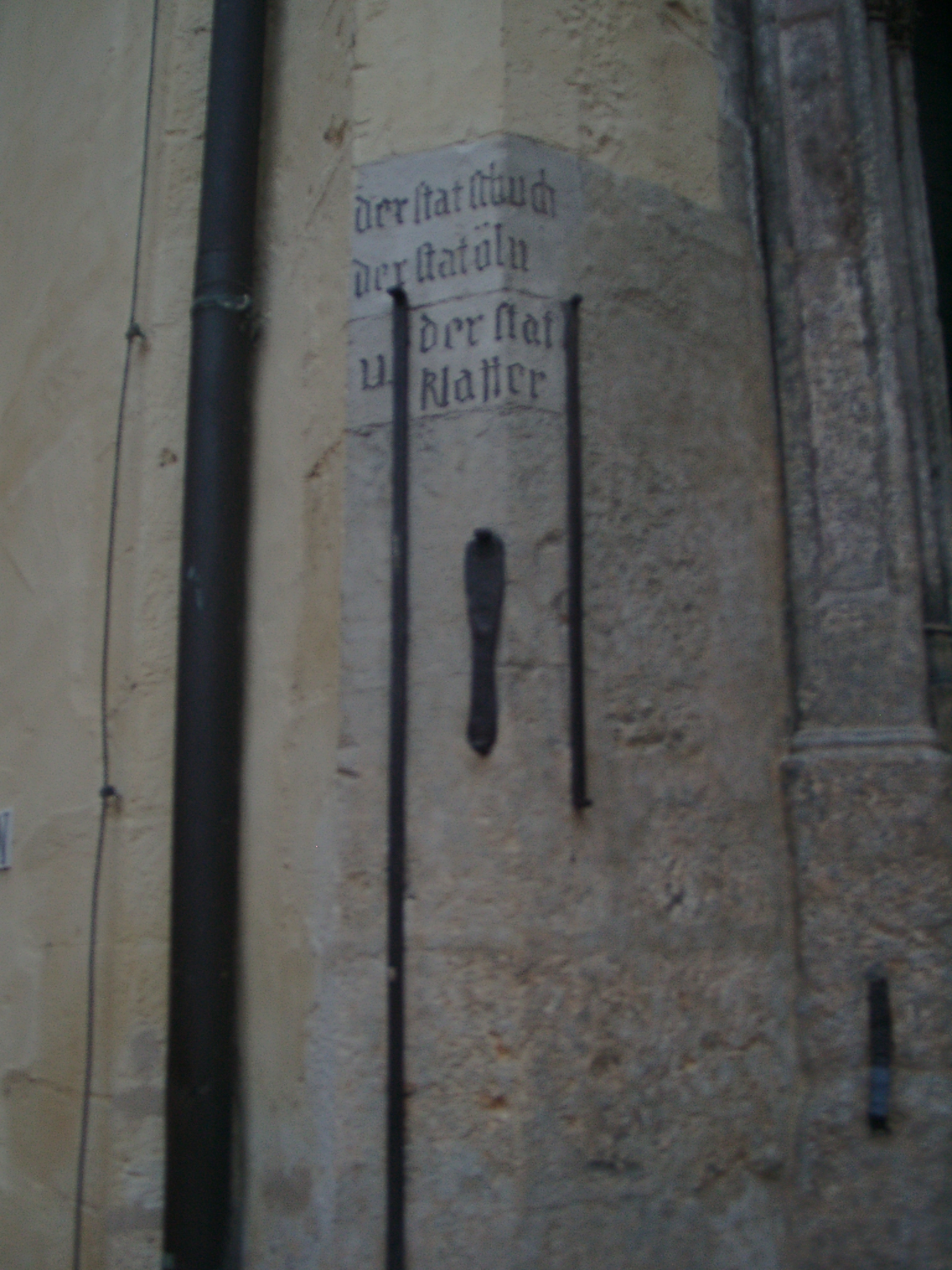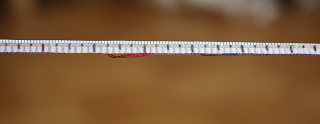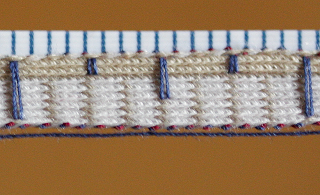The start of the season for market events et cetera is drawing near. There's still a bunch of things to take care of and organise, there's some additional stuff to do that came in during the last weeks, but at the moment it feels as if it will all come together just in time - maybe not perfectly, but well enough.
I have finished a hood yesterday, there's a dress all cut and lying ready for stitching together, and even the hairnet is progressing nicely. There is a piece of nicely purple silk lying in the living room, ready to be cut and transformed in something flashy and showoff. The threads for another hairnet project have arrived, and I'll have to find out whether I can carry out my vision/plan for this. In addition to all that, I have finally designed a 3/1 twill tablet weave pattern to weave a belt and already prepared the tablets for the weaving - I use playing cards, cut into squares, because they are conveniently small and slim. It's been ages since I last did twill on tablets, and I'm really looking forward to it. I'd love to do another play-band some time, but it doesn't look as if that will occur during the next months. So it's all pretty busy here, but nice-busy, and I'm in a really good mood today.
I have finished a hood yesterday, there's a dress all cut and lying ready for stitching together, and even the hairnet is progressing nicely. There is a piece of nicely purple silk lying in the living room, ready to be cut and transformed in something flashy and showoff. The threads for another hairnet project have arrived, and I'll have to find out whether I can carry out my vision/plan for this. In addition to all that, I have finally designed a 3/1 twill tablet weave pattern to weave a belt and already prepared the tablets for the weaving - I use playing cards, cut into squares, because they are conveniently small and slim. It's been ages since I last did twill on tablets, and I'm really looking forward to it. I'd love to do another play-band some time, but it doesn't look as if that will occur during the next months. So it's all pretty busy here, but nice-busy, and I'm in a really good mood today.







